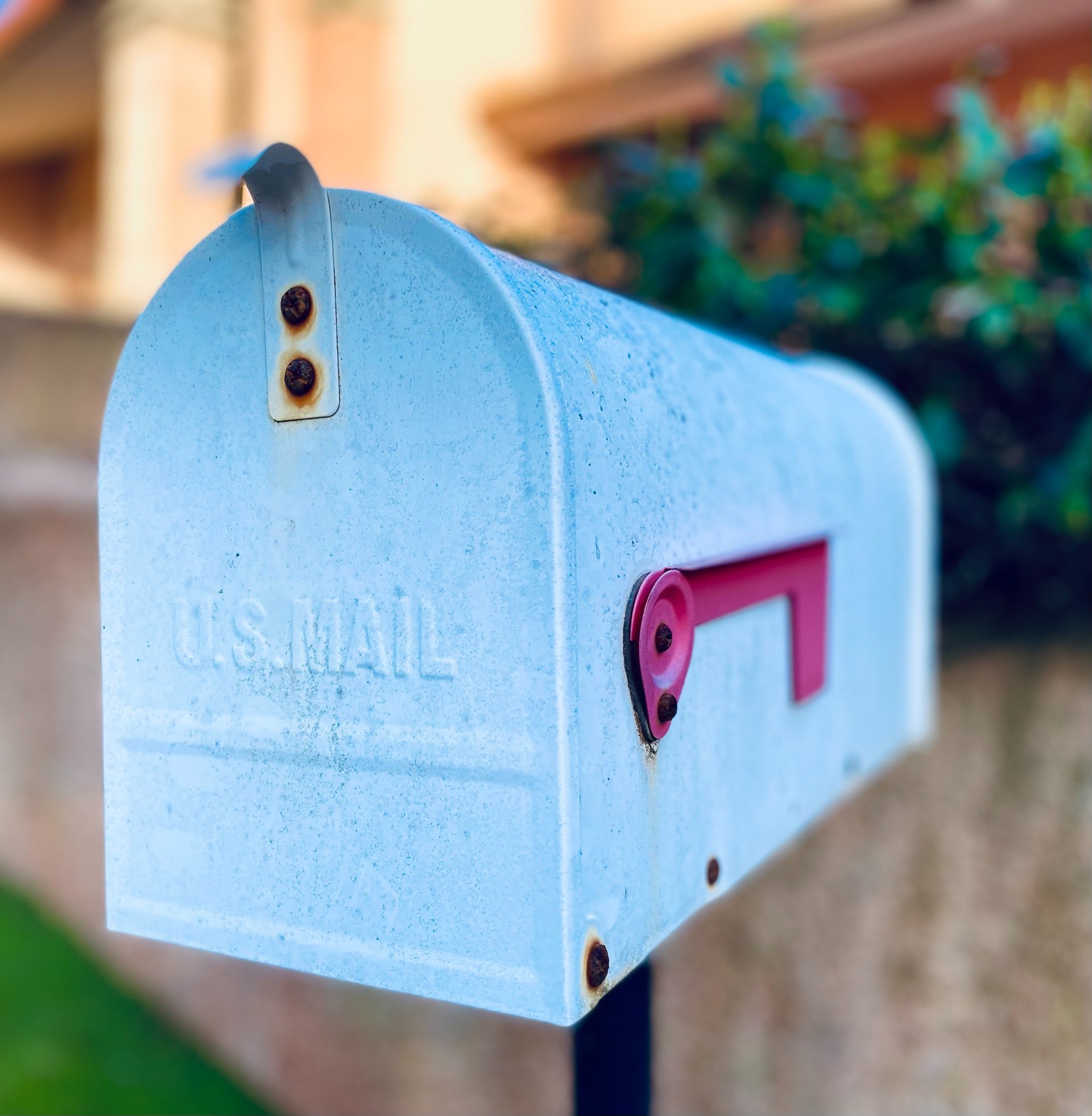How to Create Memorable Fundraising Direct Mail
Do you have a direct mail fundraising strategy for your nonprofit? Has it delivered the results you want?
Whether you already have a strategy in place, or are considering sending direct mail for the first time, you’re in the right place! Direct mail can be a powerful touchpoint for your supporters — especially during the year-end holiday giving season.
Among the many donation requests that your past and potential donors will receive via email and social media, a piece of well-written and well-designed physical mail can help your organization cut through the noise and stand out. It will connect your donors more deeply with your cause and keep your organization top-of-mind during the busy holiday months — a smart investment in your year-end fundraising campaign!
Here are the key elements you'll want to think through when creating your direct mail fundraising campaign:
Step 1: Apply for USPS nonprofit pricing.
Did you know that the United States Postal Services offers special discounted rates for nonprofits? For qualifying organizations, these rates can help you save up to 60% of postage costs for domestic mail. When you’re sending hundreds (or even thousands) of pieces of mail, that means BIG savings!
If you haven’t done so already, authorize your organization with the USPS for eligibility by filling a PS Form 3624. Be prepared with your IRS tax exemption letter, articles of incorporation, and other official documents (e.g. financial statements, publications, etc).
Keep in mind that approval can take anywhere from 2-3 weeks, and we’ve heard of much longer review times during the holiday season. Submit your form early to secure your discounted postage rates!
Step 2: Determine your mailer size preference and get printing price quotes.
Next, you’ll want to select the size and method that works best for your organization. Let’s start with sizing options. The common size options for nonprofit direct mail are shared below. As the size and complexity of the direct mail increases, the pricing per piece goes up as well. Consider your budget and design/content needs.
Some things to keep in mind:
Letters: These are a great option, especially when you have a spokesperson for the organization sharing a compelling message. They are text-heavy and generally feel a bit more formal in nature.
Folded Self-Mailers: These work well when you have powerful imagery to share. They require a bit more design know-how — having someone on your team comfortable with graphic design is key here!
Reply Envelopes: Make it as easy as possible for someone to make a donation! If your organization commonly receives checks from your supporters, include a reply envelope.
As you determine the sizing of your direct mailer, you’ll also want to reach out to a few printers that can help you execute this plan. We suggest getting multiple quotes from local and online printers, as prices may vary for what you need.
Step 3: Write your content
Next comes the most important part of your mailer — what you’re communicating to your audience. There are plenty of ways to approach the content of your direct mailer. For example, you can share a personal story from someone at your organization — perhaps the person that will act as a spokesperson — and why they believe in your mission. Or perhaps you shine the light on your program and share a story of impact.
Regardless of your approach to telling your story, here are some questions that you’ll want answered in your direct mail:
What problem is your organization solving?
Why should your supporters care?
Why are you asking for this support now?
What can your supporters do to make a difference?
What do your supporters gain from taking action now?
Draft your direct mail fundraising letter by answering these 5 questions. By touching on each of these points, you’re asking for your donors to support in a compelling way.
Step 4: Design your mailer
It’s time to put your direct mail together! As you begin the design process, keep these two things in mind:
Ask the printing company you decide on for any letter or mailer templates that they can share, so you don’t have to guess on the formatting.
Once you submit your final design to your printer, ask for digital and physical samples (also known as “proofs”) of your mailer. This way, you can check the printing quality and review that everything prints in the way you intended.
We recommend using the template that your printer shares with you, for the best results. If you have a designer you’re working with, they can use their preferred editing software. Or, you can try an online graphic design tool like Canva. Pro-tip: Canva offers its premium version for free to nonprofit organizations!
Whether you’re sending a letter or a self-mailer, studies have shown that direct mail that incorporates formatting (e.g. bolded, italicized text, etc.) results in a higher donation conversion rate. The idea from this study is that your supporters are able to more easily skim your fundraising direct mail as a result, take the action to support your cause.
The design of your mailer is an opportunity to get creative! Use larger, bolded text in areas you want to draw attention. Incorporate engaging photos of your program in action, to show your supporters what it’s all about. Add 2-3 colors that help your direct mail stand out, while staying true to your organization’s brand. Keep the body text readable at 10-12 pts.
Note that some states require disclosure statements for direct mailers — check out your state’s regulations before sending out your campaign.
Step 5: Finalize your mailing list
The final step in sending your fundraising direct mail is to determine your mailing list. The supporters you decide to include in your mailing list will largely be based on your budget and the accuracy of your data.
Here are some ways to consider your direct mail audience:
What is your budget for direct mail? What has the printer shared as the per piece cost of your mailer?
How many addresses do you have in your database?
How can you segment your audience? (e.g. lapsed donors, major donors, etc.). Here’s a list of common audience segmentations for nonprofits worth considering! Create a list with:
Audiences to include
Audiences to exclude
Will there be any difference in your direct mail to a certain audience (e.g. language changes or A/B testing)?
Once you’ve decided on your audience, share a report (typically an Excel or CSV spreadsheet) with your printer. For future data cleanliness, be sure to mark in your database that these individuals received this direct mail campaign.
Step 6: Follow up!
Technically, this step happens after your supporters receive the direct mail you’ve sent out. But it’s an important step! Have a plan in place to follow up with your donors after they receive your direct mail. This time, you want to express gratitude — not make another ask.
This additional touchpoint can be whatever you’re most comfortable with — an email or a phone call work great (and you can automate this with technology so that it takes as little time as possible).
The idea is to continue the conversation with your supporters and show how much you care about them. If they didn’t take action immediately upon receiving your fundraising direct mail, this is a chance to gently nudge them to support your cause. If they feel the love, they’re likely to return it!
With these 6 steps, you have the basics to get started with direct mail and connect with your supporters in this special way. Make your next fundraising campaign a success!
Need some help creating direct mail that inspires? Let’s talk! Pick a time to sit down with our digital marketing experts for an hour, free of charge: https://www.the-purpose-collective.com/free-office-hours.








